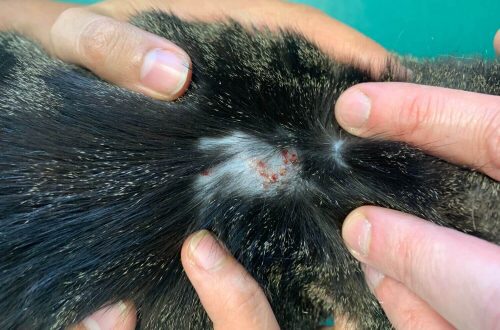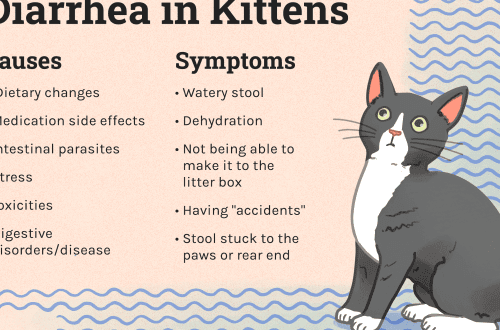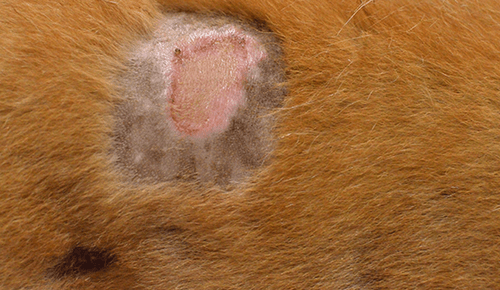
How many teeth does a cat have?

Contents
Kittens
Kittens, like human children, are born toothless. Quite babies, whose eyes have not yet opened, do not need teeth, since they are sucking milk at this time. However, already by 2-3 weeks, kittens begin to acquire teeth. In total, they have 26 teeth, and the structure of the jaw of pets is similar to that of a human. The first incisors are cut in babies, there are only twelve of them. — six each in the upper and lower jaws, then fangs appear — two above and two below. Later, at the age of 3 to 6 weeks, kittens acquire premolars. There are six on the upper jaw, and on the lower — four.
A feature of milk teeth is their bright white color and thinner fangs compared to permanent ones. They are like needles that can easily pierce the skin when playing.
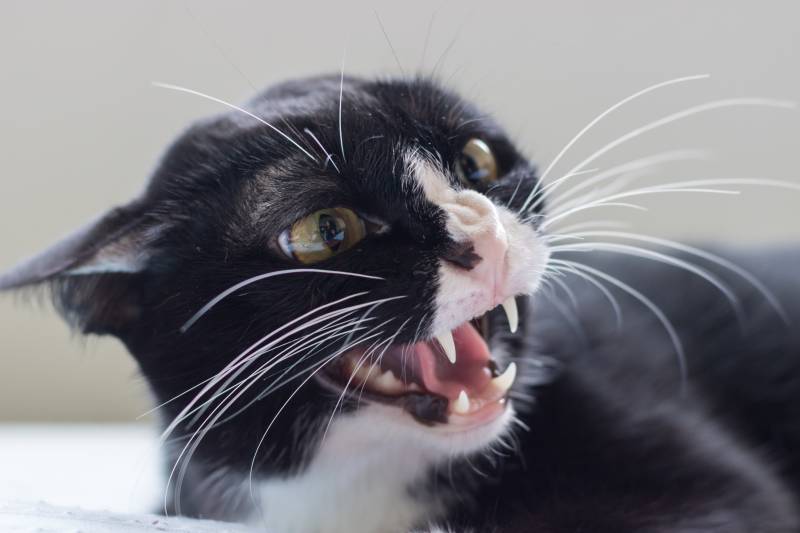
adult cats
When a kitten reaches the age of 3-4 months, its milk teeth begin to change into permanent ones. At this time, it often happens that a cat resembles a shark with two rows of teeth, when the permanent ones have already begun to grow, and the milk ones have not yet fallen out.
During the period of changing teeth, you should carefully monitor the pet, as it becomes more nervous, tries to gnaw everything due to severe itching in the mouth. The kitten’s immunity also decreases and the risk of getting sick increases.
Adult cats have 30 teeth: twelve incisors, four canines, six premolars in the upper jaw and four in the lower, four molars — two at the top and two at the bottom.
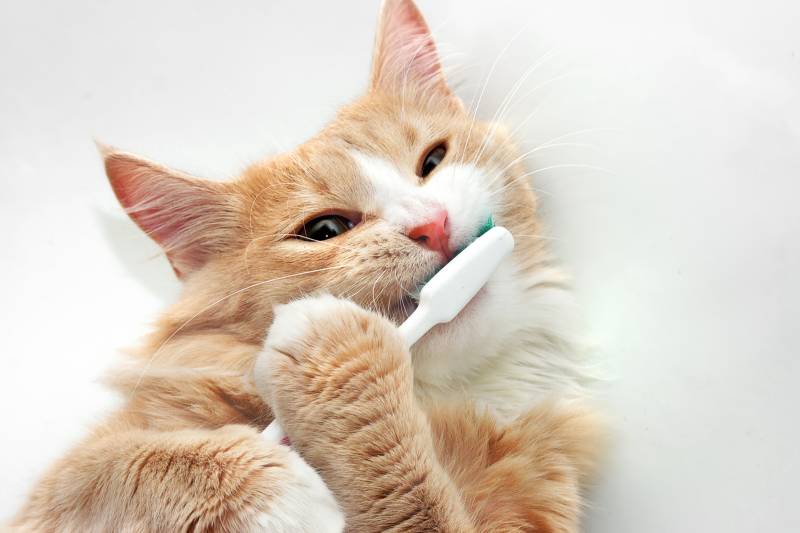
Dental Care
Unfortunately, cats, like humans, can develop problems with their teeth and gums, and it’s best to keep them from getting inflamed and removed. To do this, you need to accustom the kitten to oral care. Of course, there is no need to brush the animal’s teeth daily, but at least once a week you should go through a special brush and paste, which are sold in pet stores. By timely removing yellow plaque from your pet’s teeth, you will prevent it from hardening and degenerating into tartar, protect the gums from inflammation and save the cat from the torment associated with caries and pulpitis.
If the situation is out of control, then it is worth contacting a veterinarian to brush your teeth, remove the affected ones and sanitize the oral cavity.
The article is not a call to action!
For a more detailed study of the problem, we recommend contacting a specialist.
Ask the vet
February 11 2020
Updated: February 12, 2020



